How to Throw A Disc Golf Roller!

This post on throwing a disc golf roller, is the next post in a series designed to help you elevate your game. Watch the videos and reinforce the concepts through reading. Watch, read, practice, and improve!
At first glance, the disc golf roller seems like a very complicated shot.
It looks useful, but also difficult.
And there are many reasons we could want to throw a roller in disc golf. There could be low-hanging branches that limit our ability to throw into the air.
Or, maybe we like our chances of getting through the trees with our disc moving vertically instead of horizontally?
Perhaps we need to have our disc cut a corner rather abruptly?
I’m sure most of us are familiar with seeing the pros throw these massive, distance rollers that roll for days. Maybe that’s what you want?
There are pros and cons for electing each shot, and the backhand roller is no different.
By understanding how and when to throw the disc golf roller, you can set yourself up for success when you are on the course.
And thankfully, as we hope you’ll see, it’s NOT as difficult as you may have thought!
As is the case with all shots, you’ll want to practice this shot so you can throw it confidently when it matters most.
Nevertheless, by the end of this post, we think you’ll have the information you need to gain that confidence.
Let’s get into how to throw a roller right off, by watching a clinic in which a young Ricky Wysocki answers a question where he explicitly addressed how to throw rollers!
Ricky Wysocki’s Advice on Rollers!
Of rollers, Wysocki starts by saying this: “It’s basically just an anhyzer that you throw into the ground on purpose.”
Let’s watch his explanation and we’ll go over the highlights afterwards, so you feel extra confident in your own disc golf rollers!
Here are the major points Wysocki covered in this video!
Pick Your Angle!
This will take practice to see which angle works best for which disc.
Before you throw, however, be sure to decide which angle you want to release the disc on, and keep the disc on that same angle from your reach back to your release.
Snap the Disc!
Just like a regular backhand throw, you are snapping the disc at the end (on the angle you brought it back on).
Create an Arc!
Because, this is “an anhyzer you throw into the ground,” the reach back and pull through follow a different path.
Basically, you are creating an arc where the disc starts slightly below shoulder height in your reach back and then follows an upward trajectory slightly over your head and releases down.
In the next video, you will see it described as “painting the rainbow” which provides a nice visual to think about as you’re throwing.
Select Angle Based on What You Want The Disc To Do
Ask yourself What you want your disc to do after it’s released. This will determine your angle.
Want a quick cut roller? Put the disc on a steep angle (nearly perpendicular to the ground).
Want a longer, straighter roller? You’ll want to throw your disc on more of an anhyzer and have it stand up and roll.
In general, he tells us a little later that the flippier the disc the more likely it is to cut faster.
The more stable the disc is that you use, the more likely it is to roll longer and straighter.
Practice!
Play around with different discs and different angles when you are practicing your backhand rollers.
In this way, you’ll see how a given disc behaves for a given throw.
Then, when it’s time to throw it when it matters, you can do so confidently!
Choose the Right Disc!
As we all know, different discs have different stabilities.
Flight ratings will give an indication, but weights, plastic types, arm speeds, wind speeds, and more will factor in as well.
In general, Ricky recommends using an understandable disc for rollers. He also recommends trying your rollers out with different discs to find what’s right for you. Check out this list for the discs most recommended for rollers by our reviewers.
Once you know your discs well, you can choose the right disc for different roller situations!
Where to Land the Roller!
For a typical roller, Ricky recommends that you land the disc 60 to 80 feet in front of you.
As is the case with everything on this post, you’ll want to play around with different distances for different discs so you can find what’s right for you.
He tells us that you want it to act like an air shot and throw it out. Then, you let the understable disc do the rest of the work and come down into the ground.
“Focus on throwing out instead of down.”
More Disc Golf Roller Tips!
The next video features disc golf legend David Feldberg.
With over $400,000 in career earnings, he certainly knows his way around a disc golf course.
The point is, he has a lot to teach, and I’m listening.
In the beginning of his video, he gives a slightly different twist on the disc golf roller than Ricky did above.
He gives a common misconception people have on throwing disc golf rollers.
By understanding this we can adjust our throws and throw our rollers correctly.
Let’s watch the video and go over the rest of the talking points afterwards!
A Common Misconception for Rollers!
Feldberg starts by highlighting a very common mistake he sees when some disc golfers try to throw rollers. He tells us not to do this:
Don’t throw a normal backhand and then twist your wrist down at the end!
This does cause the disc to roll.
But, Feldberg explains, it greatly caps the amount of distance and control you can get.
Related, it’s very difficult to be consistent with.
I don’t know about you, but I don’t want to sacrifice distance, control or consistency!
Paint The Rainbow!
Instead, he tells us to “paint the rainbow”.
This is an idea he got from fellow legend Steve Wisecup.
Basically, like Wysocky was talking about above, you are going to reach back at the roller angle you’ve selected and make an arc (the rainbow) at least as high as your head (“maybe above if it’s a sky roller”).
When you’re “painting the rainbow,” you are flying the disc out (not straight down into the ground).
If done correctly, it allows you to transfer more of the energy from your throw into the disc (and not lose so much into the ground).
The best rollers, he tell us, hit the ground at the “peak of the rainbow” and do not bounce. Rather, they just smoothly roll.
This is something you can look for when you are practicing for yourself.
Adjusting The Type of Roller You Throw!
There are a few ways you can adjust what type of roller you throw. The first way to do this is by adjusting the release point.
If you want a sky roller, you will release the disc at it’s highest point in the arc.
If you want more of a level roller, then you will release it later in the arc after it’s come back down more.
In both cases, he tells us, you want to continue your follow through and complete the arc of the rainbow after you release.
That follow through also applies to the different swing plane you might put on a low roller.
For a low roller, it does look more like your traditional backhand throw. However, if you look closely (3:00 mark) you’ll see he is still following the arc on a more of a horizontal plane.
Whatever roller you throw, “ you want to have the roller [follow the arc of the] rainbow the whole way… and then you’ll have very smooth rollers.
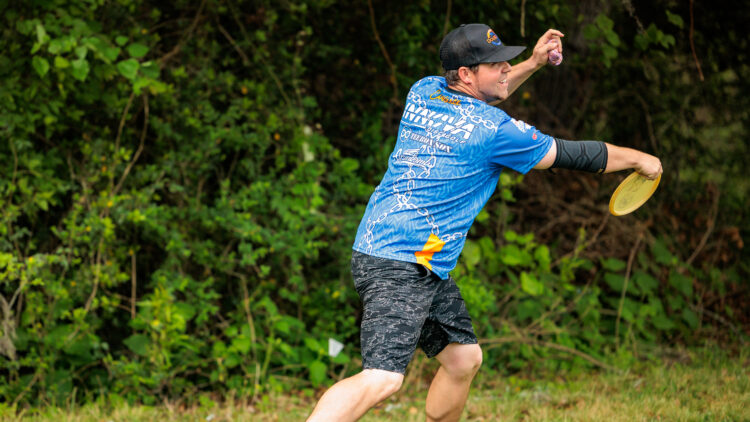 Distance For Rollers!
Distance For Rollers!
Now we’re talking!
In general, Feldberg tells us, if we are hitting the ground 25 feet in front of us, we’re losing a lot of distance potential.
He then gives a general rule of thumb.
The farther you can get the disc to fly in the air before rolling, the farther it will go.
At the very least, we don’t want to be slamming the disc down so close to where we threw it from.
That will seriously damper our distance!
Understanding How Rollers Turn!
At 4:45 Feldberg instructs us how to know what the disc will do once it hits the ground.
This is based on the disc’s stability. It’s just like air shots he tells us (for RHBH. Opposite for lefties).
If it’s overstable, the disc wants to burn out to the left.
When it’s more of a neutral, straight-flying disc, the disc wants to go mostly straight on the ground.
If it’s understable, the disc wants to go right.
It’s Not As Hard As You Think!
Lastly, Feldberg finishes with some words of encouragement on rollers.
He tells us they are easier to learn than you may think and can take strokes off our score.
It’s definitely worth it to go out and practice.
Disc Golf Roller – In Summary!
The disc golf roller, can be a stroke-saving shot out on the course.
And luckily, it’s not nearly as difficult as it looks!
It’ll take practice. But once you understand the key components, and what a given disc will do at a given angle of release, you will have far more confidence throwing the roller when it really counts.
Then, when the course calls for a roller, you won’t even hesitate.
You’ll select your disc from you bag and step into that shot with the conviction that you can execute it!
And with another shot added to your bag of tricks, it’s more strokes subtracted from your score.
And then, like your disc, you’ll be really rolling!
Comment Below!
Thanks for reading everyone! If you have more questions please feel free to ask in the comments.
We’d also like to hear if any of the tips that were provided resonated with you.
Finally, if you have a roller tip that helps you, feel free to let the group know that too!
We sincerely hope this helps you throw those disc golf rollers out on the course! For other posts on disc golf tips and advice check out the link found here!

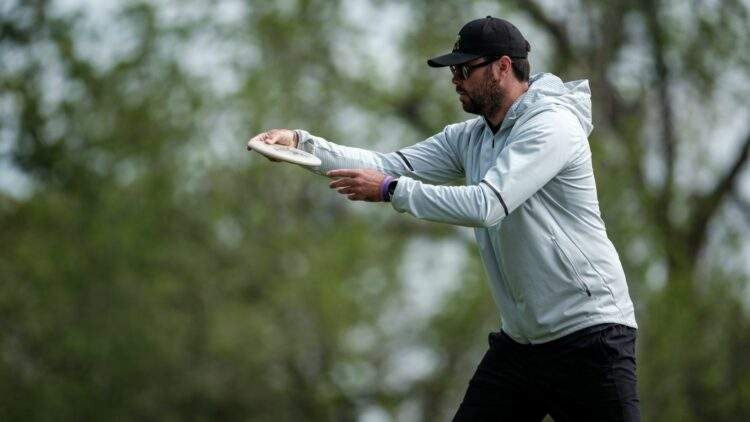
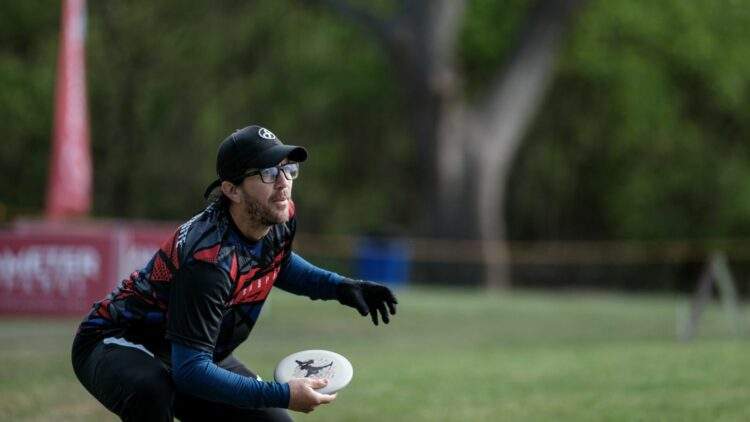 Practice with obstacles in your path, or brush in your normal swing path.
Practice with obstacles in your path, or brush in your normal swing path. 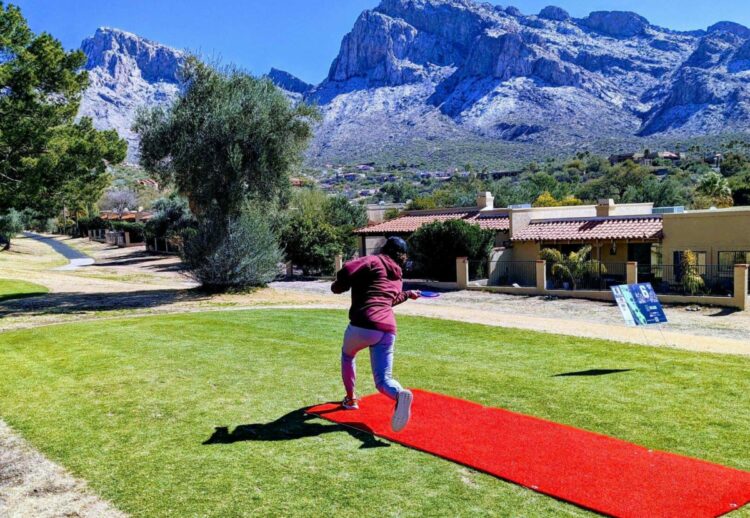 Use Proper Footwork To Maximize Your Forehand!
Use Proper Footwork To Maximize Your Forehand!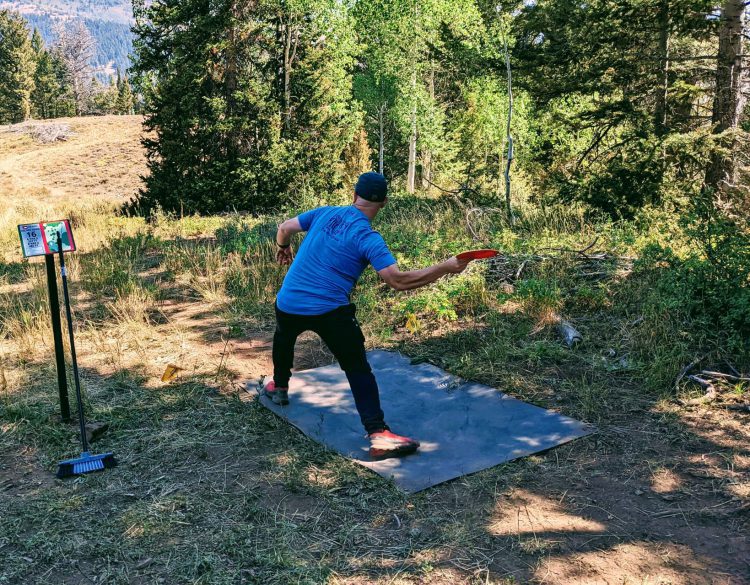 Forehand Tips from Ricky Wysocki
Forehand Tips from Ricky Wysocki
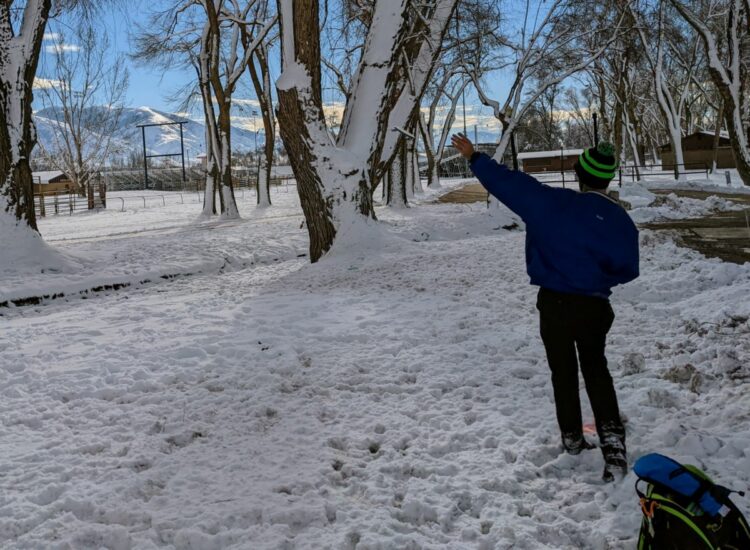

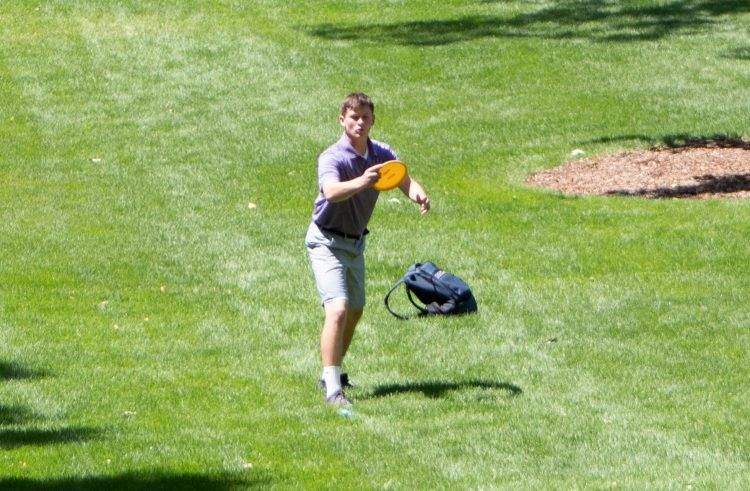
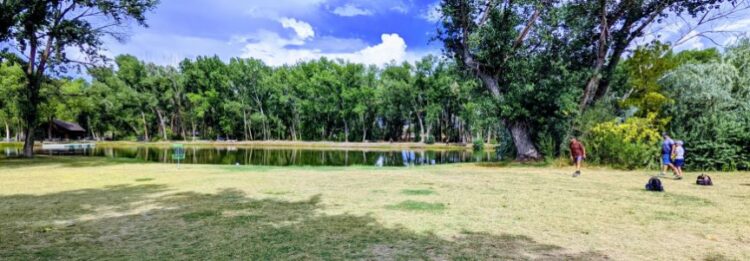
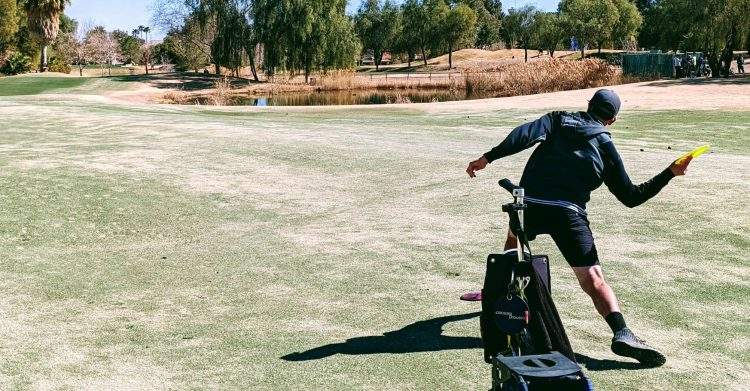 Forehand Approach Shot Tip #1 – Use your typical forehand “stack” grip for forehand approach shots.
Forehand Approach Shot Tip #1 – Use your typical forehand “stack” grip for forehand approach shots.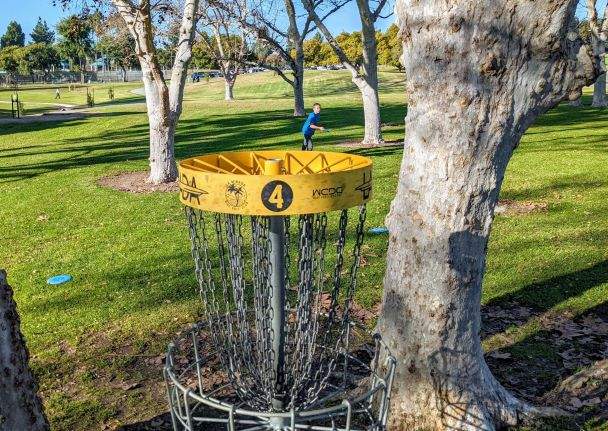 A Few More Thoughts Before You Watch!
A Few More Thoughts Before You Watch! No, if you’re serious about low scores, then throwing your discs
No, if you’re serious about low scores, then throwing your discs